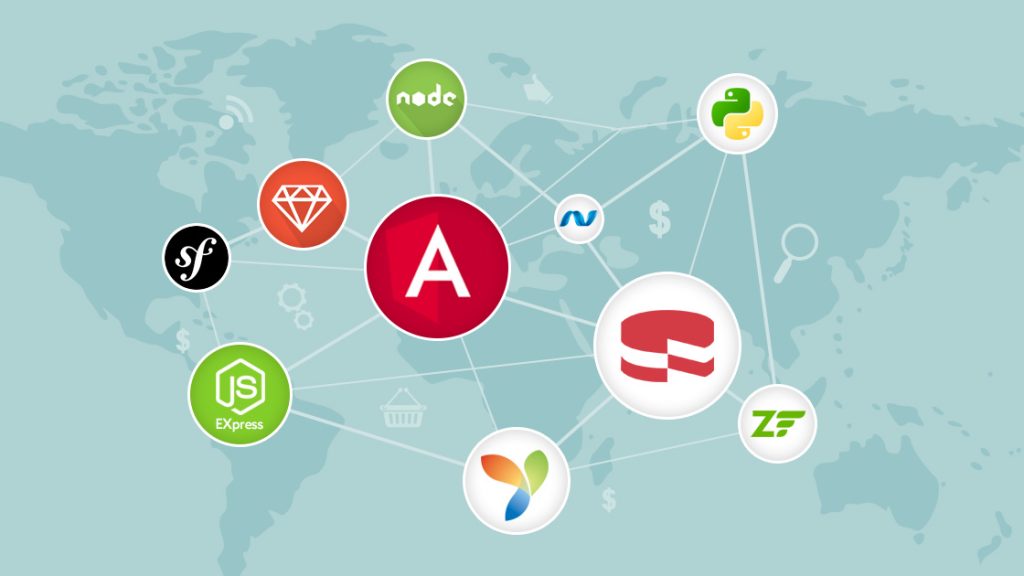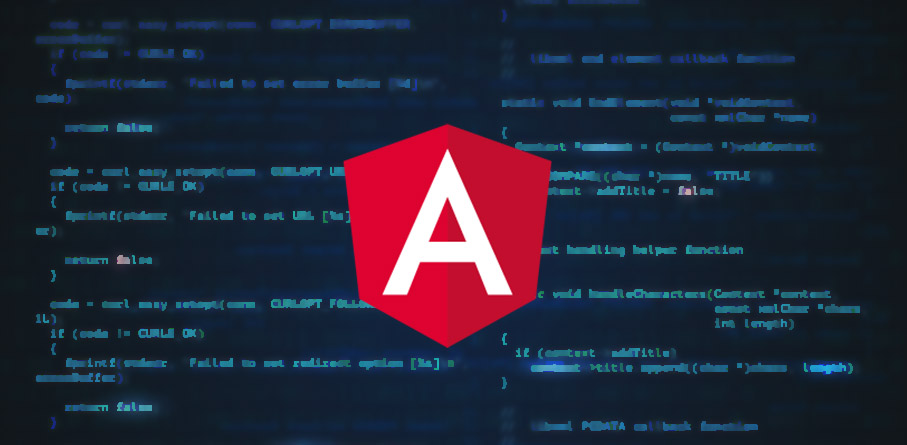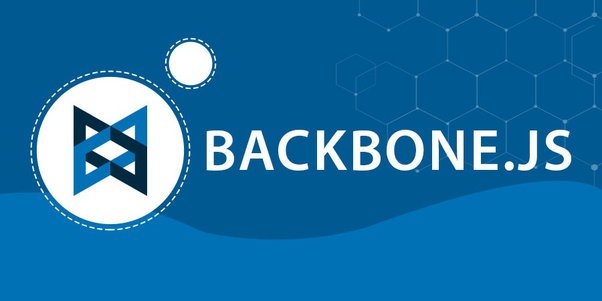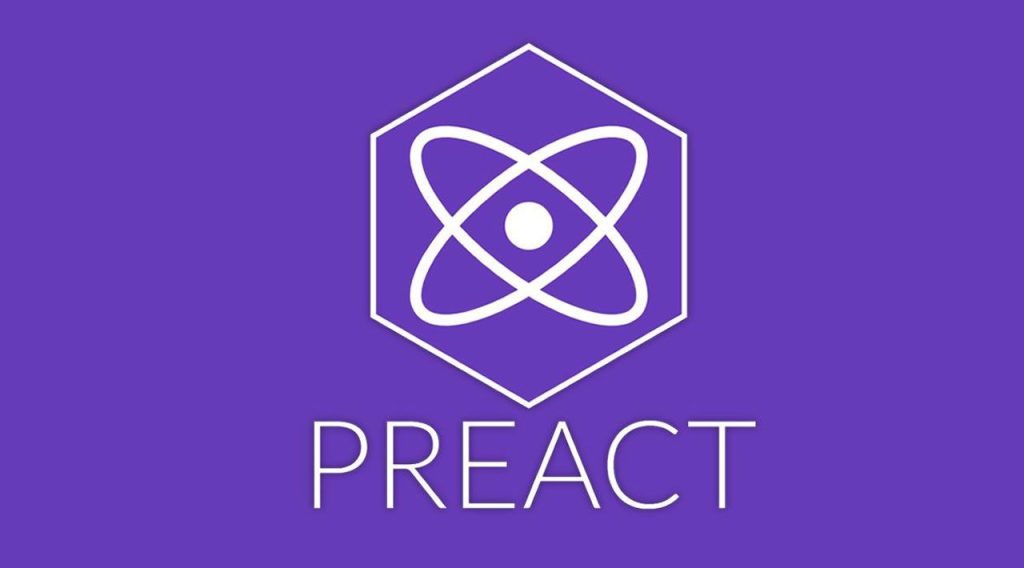The digital landscape is ever-changing, especially in the realm of web development. As developers strive to create visually appealing, user-friendly, and fully functional websites, the tools they use are also constantly evolving. Front-end frameworks serve as a critical cog in the web development machine. They act as a structured layout, simplifying the interface design process and adding a layer of convenience and efficiency. In this extensive guide, we’ll dissect some of the best front-end frameworks available, explore their pros and cons, and provide a comprehensive outlook to help you make an informed decision for your next project.
The Importance of Front-End Frameworks
Front-end frameworks, also known as web frontend frameworks, are pre-prepared libraries that are used to create the user interface of websites. They save developers a significant amount of time and effort by providing a foundation for creating complex layouts and functionalities. If you’ve ever wondered, “what is a front-end framework?” then you must understand that it is not just a trend, but a necessity in modern web development.
Choosing the right framework can make or break your project. Developers must consider various factors such as the learning curve, community support, flexibility, and performance before settling on a framework. The most popular front-end frameworks are often battle-tested and come with a plethora of community-contributed resources, which helps in overcoming challenges more efficiently.
To add, frameworks also provide consistency in UI/UX design. They come preloaded with numerous components like buttons, forms, and modals, ensuring a unified and consistent user experience across platforms. Moreover, well-documented frameworks make it easier to onboard new developers, offering them a quick insight into the design architecture and coding conventions.
Another key advantage is maintainability. Modern front-end frameworks adhere to best practices and modular approaches, making it easier to update or scale the project in the future. For instance, if you need to introduce a new feature or fix a bug, the structured nature of frameworks ensures that you do not have to rewrite the entire codebase.
Frameworks are updated regularly to include the latest technological advancements, security patches, and optimizations. Being part of a community that supports a popular framework ensures that you are constantly evolving along with the industry norms and standards.
What to Consider When Choosing a Framework
So you’ve decided to dive into the world of JavaScript front-end frameworks, but how do you decide which one suits your needs best? Firstly, consider the project’s size and complexity. Some frameworks are better suited for large-scale applications, while others excel in small, dynamic projects.
Secondly, ponder over the learning curve. Time is money in development, and a steep learning curve might not be feasible for fast-paced projects. Frameworks like Angular come with a steep learning curve, but offer extensive features, whereas libraries like React offer a relatively gentle introduction to the front-end ecosystem.
Community support is another critical factor. A well-supported framework offers plenty of tutorials, documentation, and third-party tools. This can be particularly useful for troubleshooting and speeding up the development process. In other words, opting for top front-end frameworks with robust community support can be a wise move.
Additionally, performance should not be overlooked. The speed and smoothness of your application can significantly impact user experience and SEO. Therefore, evaluating the performance metrics like load times, rendering speed, and bundle sizes is crucial before making a decision.
Finally, versatility and compatibility are essential. The chosen framework should be compatible with various back-end technologies and should also support server-side rendering, mobile responsiveness, and other modern web features.

Angular: The Indomitable Giant
Angular, developed and maintained by Google, is one of the JavaScript front-end frameworks that has been around for quite some time. Known for its robustness and comprehensive set of features, Angular is often the go-to choice for enterprise-level applications.
The framework uses TypeScript, a statically typed superset of JavaScript, which helps in catching errors early in the development process. This aspect can be particularly useful for large teams where code quality and consistency are paramount.
Angular offers two-way data binding, meaning the UI changes automatically when the data model updates and vice versa. This makes it easier to create dynamic, real-time applications with less boilerplate code. Two-way data binding is one of the features that set Angular apart from many other front-end web frameworks.
Another compelling aspect is Angular’s CLI (Command Line Interface), which automates many tasks like testing, deployment, and workflow configuration. This helps in improving productivity and reducing human errors.
The steep learning curve can be a roadblock for beginners. With its complex syntax and plethora of built-in functionalities, Angular can be overwhelming for those new to the front-end landscape. But once conquered, Angular provides a robust platform that is scalable, maintainable, and secure.

React: The Flexible Library
Though often grouped with front-end web frameworks, React is technically a library for building UIs. Developed by Facebook, React has become exceedingly popular due to its flexibility and performance.
React’s main selling point is its virtual DOM (Document Object Model), which optimizes rendering and improves the app’s performance. This feature enables developers to build complex user interfaces without affecting the speed of the application.
Another big advantage is JSX (JavaScript XML), an HTML-like syntax that simplifies the process of creating UI components. With JSX, developers can write UI components in a way that is both intuitive and visually similar to HTML.
React also excels in component reusability, which means developers can create reusable UI components that can be plugged into any part of the application. This not only reduces the amount of code, but also ensures UI consistency throughout the app.
However, React is not a complete solution and often requires integration with other libraries for routing, state management, and other functionalities. This could mean that you will spend more time setting up and configuring the additional tools needed for a complete project. But the trade-off is worth it if you seek flexibility and want to handpick your tools.

Vue.js: The Progressive Framework
Vue.js, the underdog among JavaScript front-end frameworks, has been gaining traction because of its simplicity and ease of integration. Created by a former Google engineer, Vue offers a gentle learning curve, making it a fantastic choice for beginners and small to medium-sized projects.
Vue is designed to be incrementally adoptable, meaning you can integrate it into projects that use other libraries or frameworks. This makes it a versatile choice for various kinds of projects, including single-page applications and complex web interfaces.
Data binding in Vue is straightforward, thanks to its directive-based syntax. The framework provides reactive data binding, which makes it easy to manage the state across the application.
Vue also comes with a well-designed set of devtools that makes debugging and state management easier. This is especially beneficial for developers who are new to front-end development and want a tool that helps them rather than complicates their tasks.

Svelte: The New Kid on the Block
Svelte is one of the new front-end frameworks that has been making waves in the development community. Unlike other frameworks that require a virtual DOM to update the user interface, Svelte compiles components to highly efficient imperative code that manipulates the DOM directly.
Svelte offers an intuitive syntax that makes it easy to create reactive components without requiring a separate state management library. This results in cleaner, more readable code that is easier to maintain.
The framework also has built-in animations and transitions, allowing developers to create visually engaging user interfaces without relying on third-party libraries. This is particularly beneficial for projects where UI/UX is a crucial factor.
However, Svelte is still relatively new and lacks the extensive community and corporate backing that older frameworks enjoy. This can be a limiting factor when it comes to finding resources, solutions, or job opportunities.
That said, Svelte is incredibly promising and offers an alternative to traditional front-end development paradigms. It’s worth considering for new projects, especially if you’re looking to experiment with a fresh approach to UI development.

Ember.js: The Opinionated Framework
Ember.js is often overlooked, but is highly opinionated and comes with a lot of features out-of-the-box. This framework is best suited for ambitious projects where a lot of built-in functionality can be beneficial.
The framework follows the convention over configuration principle, which means it has its own way of doing things and expects developers to follow suit. This can be a double-edged sword. On one hand, it speeds up the development process, but on the other hand, it can be restrictive for developers who like to have more control over their project’s architecture.
Ember.js uses Handlebars templating engine and offers a router out-of-the-box, making it easier to create complex page layouts and nested views. It also comes with a powerful data layer that simplifies the process of managing models, even in applications that require real-time updates.
One of the downsides of Ember.js is its learning curve. The framework has a unique approach to front-end development, and understanding its best practices and workflow can take time. But for large projects that require a lot of features from the get-go, the steep learning curve might be an acceptable trade-off.
Another point to consider is that Ember.js is not as popular as some other JavaScript front-end frameworks, which means fewer community resources and job opportunities. However, it has a dedicated user base and is continuously updated, making it a reliable choice for long-term projects.

Backbone.js: The Minimalist
Backbone.js offers the bare minimum to keep client-side JavaScript organized. It is best suited for projects where you want more control over the structure and functions.
Backbone.js follows the MVC (Model-View-Controller) pattern, allowing for clean separation of concerns. This means you can have greater control over how data is handled, displayed, and updated within your application.
The framework offers models, collections, and routers, simplifying complex functionalities like data binding and URL routing. However, it does not provide two-way data binding out of the box, and you’ll often need to rely on third-party plugins or additional coding.
Since Backbone.js is more of a library than a full-fledged framework, it doesn’t come with all the bells and whistles that other web frontend frameworks offer. This means that for certain functionalities, you might need to write more code or integrate other libraries.

Preact: The Lightweight Alternative
Preact is often considered a lightweight alternative to React, offering much of the same functionality, but at a fraction of the size. This makes it an excellent choice for projects that are sensitive to load times and performance.
Like React, Preact also uses a virtual DOM to optimize rendering. However, it employs a different diffing algorithm, which makes it faster than React in certain scenarios. This is particularly beneficial for mobile applications where performance is a crucial factor.
Preact offers an almost identical API to React, making it easier for developers to switch between the two. You can also integrate Preact into an existing React project without much hassle, offering a path for optimization where performance is a bottleneck.
However, Preact lacks some of the advanced features and optimizations that come with React. This means that for large-scale, complex projects, React might still be the better option. But for smaller projects or performance-critical applications, Preact offers an effective and efficient alternative.

Knockout.js: The Declarative Framework
Knockout.js focuses on simplifying the connection between your data model and the UI. It is particularly useful for creating rich, responsive displays with a clean underlying data model.
The framework uses an MVVM (Model-View-ViewModel) architecture, which enables a clear separation of the visual components and the logic. This makes it easier to manage complex user interfaces and ensures a clean and maintainable codebase.
Knockout offers declarative bindings, which means you can easily connect the UI elements to the data model using simple syntax. This makes it easier to create complex functionalities without writing a ton of JavaScript code.
However, Knockout.js is not as versatile as some other popular frameworks. It is best suited for specific types of projects that require complex data-binding functionalities, but does not offer a complete solution for building single-page applications or real-time updates.

Meteor: The Full-Stack Solution
Meteor is unique in that it’s a full-stack platform, meaning it covers both front-end and back-end development. It is built on top of Node.js and offers a seamless way to build real-time web applications from scratch.
The framework offers a real-time data layer that automatically synchronizes data between the server and the client. This makes it easier to build real-time applications without the need for additional libraries or tools.
Meteor also offers built-in functionalities for account management, authentication, and other common web development tasks. This makes it a one-stop solution for developers who want to focus on building functionalities rather than setting up the environment.
However, Meteor is not as flexible as some other top front-end frameworks. It expects you to follow its structure and conventions, which can be restrictive for developers who are used to working with more flexible platforms.
One significant advantage of Meteor is its extensive package ecosystem. There are thousands of community-contributed packages available, which can speed up the development process and add advanced functionalities to your application.

Conclusion
Choosing the right framework for your web development project can be a daunting task, given the plethora of options available. Each framework has its unique strengths, weaknesses, and use-cases. Whether you are looking for the best front-end framework that offers a lot of features out-of-the-box or something minimalistic that gives you the flexibility to build your way, there’s something for everyone in today’s front-end landscape.
So, take your time, weigh your options, and choose a framework that fits your specific needs and skill level. Remember, the best framework is the one that helps you achieve your project goals most efficiently. Happy coding!